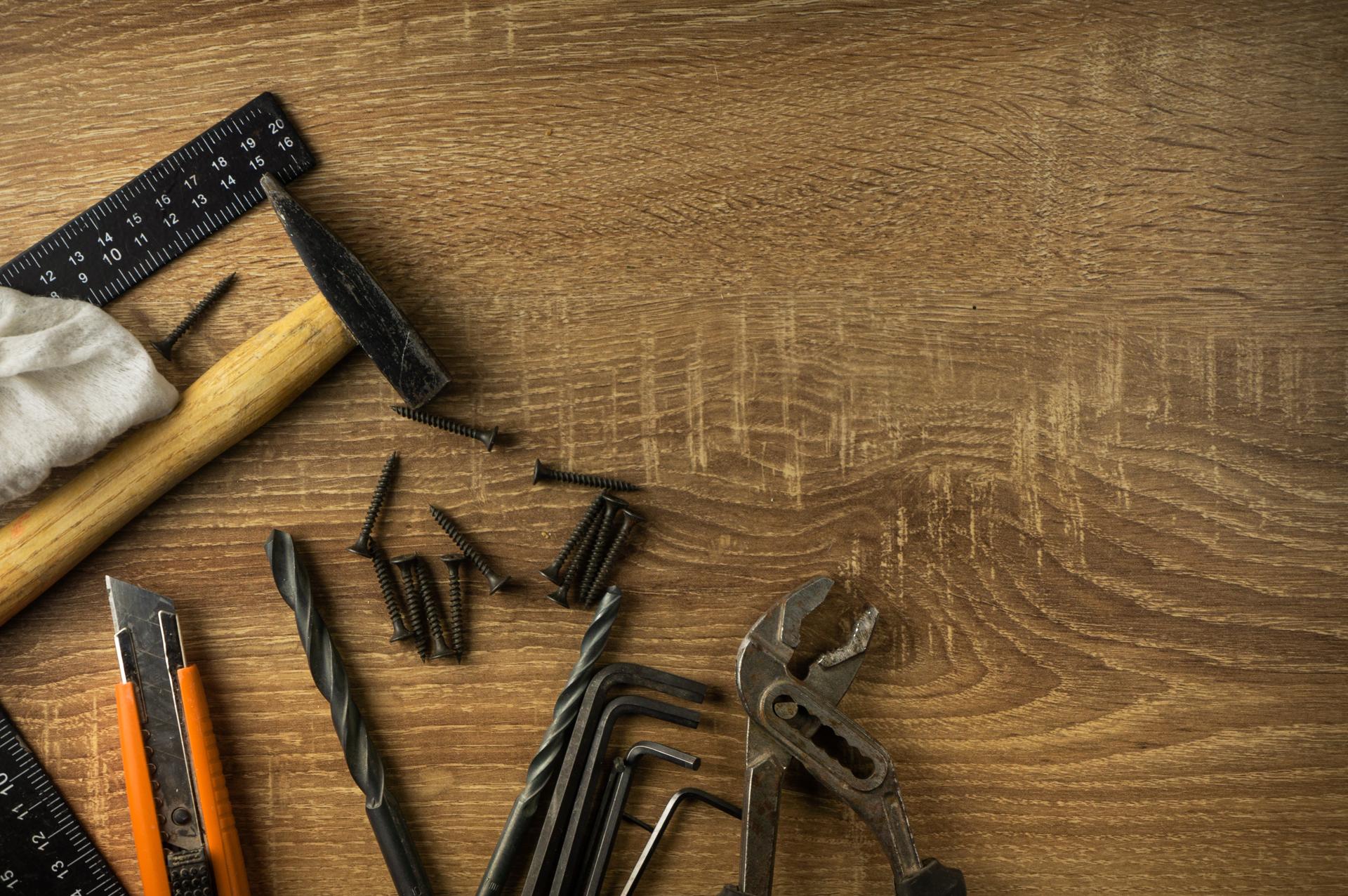A Step-by-Step Guide to DIY Plumbing: Fixing Frequent Issues at Home

The plumbing system is an essential element of any household. If they are not maintained properly they could be an issue for many which can cause inconvenience and costly repairs.
However, there are many advantages of learning to fix small plumbing problems yourself, like saving money and developing important knowledge. In this article, we’ll cover common plumbing problems and DIY techniques to fix these issues.
Common Plumbing Problems
Dripping Faucets
Dripping faucets aren’t only frustrating, but they also waste a significant amount of water over time. The most typical cause of leaky faucets is a worn washer or O-ring. To fix this issue shut off the water supply to the faucet, take out the handle, and replace the damaged washer or O-ring.
Running Toilets
A toilet that is running is another common plumbing issue that could waste a lot of water. The most typical reason is a malfunctioning flapper valve that’s not sealing properly, allowing water to flow from the tank into the bowl. To resolve this issue, turn off water to your toilet. Then, take off the lid of the tank, then alter or replace the valve that seals it.
Clogged Drains
Clogged drains can be caused by many things like soap, hair, and food particles. To get rid of this problem, you can try using either a plunger or drain snake to eliminate the clog. You can also use a mixture of vinegar and baking soda to break up the blockage.
Low Water Pressure
The low pressure in the water is often caused by a number of reasons, such as the buildup of minerals in the pipes or a faulty pressure regulator. To resolve this issue try cleaning the aerator or replacing pressure regulator.
Tools Required for DIY Plumbing
To perform DIY plumbing, you’ll require a few tools, such as the plunger, an adjustable wrench pipe wrench Teflon tape, and screwdriver. Having these tools on hand will help you repair minor plumbing problems.
Tips to be Safe when doing your own plumbing
Security should be a top priority when performing any plumbing work that you do yourself. A few safety tips to consider include shutting off the water supply prior to beginning any repair, wearing safety glasses and gloves, and keeping a first-aid kit in case in the event of an emergency.
DIY Plumbing Techniques
To resolve common plumbing issues, you will need to learn a few DIY plumbing techniques such as how to turn off water flow or repair a leaky faucet or an unresponsive toilet, how to unclog a drain, and how to increase water pressure. These techniques can save you time and money on minor plumbing repairs.
Conclusion
Learning how to fix minor plumbing issues yourself can be beneficial in various ways. It’s not just a way to cost you less money, but it can also give you a sense of accomplishment and valuable knowledge. However, for more significant plumbing problems, it’s best to call an experienced plumber.
FAQ
Can I fix a plumbing problem myself?
Yes, you are able to fix minor plumbing problems yourself by learning some basic plumbing tips for DIY.
What are the most common plumbing problems?
The most frequent plumbing issues include dripping faucets, running toilets blocked drains, and low pressure water.
What tools will I require for plumbing projects at home?
There are a few essential tools such as an adjustable wrench, a plunger pipe wrench Teflon tape and a screwdriver.
Is DIY plumbing safe?
DIY plumbing is safe if you follow the safety guidelines and take appropriate precautions.
When should I call for a licensed plumber?
You should call a professional plumber for significant plumbing issues that require special equipment and experience.
